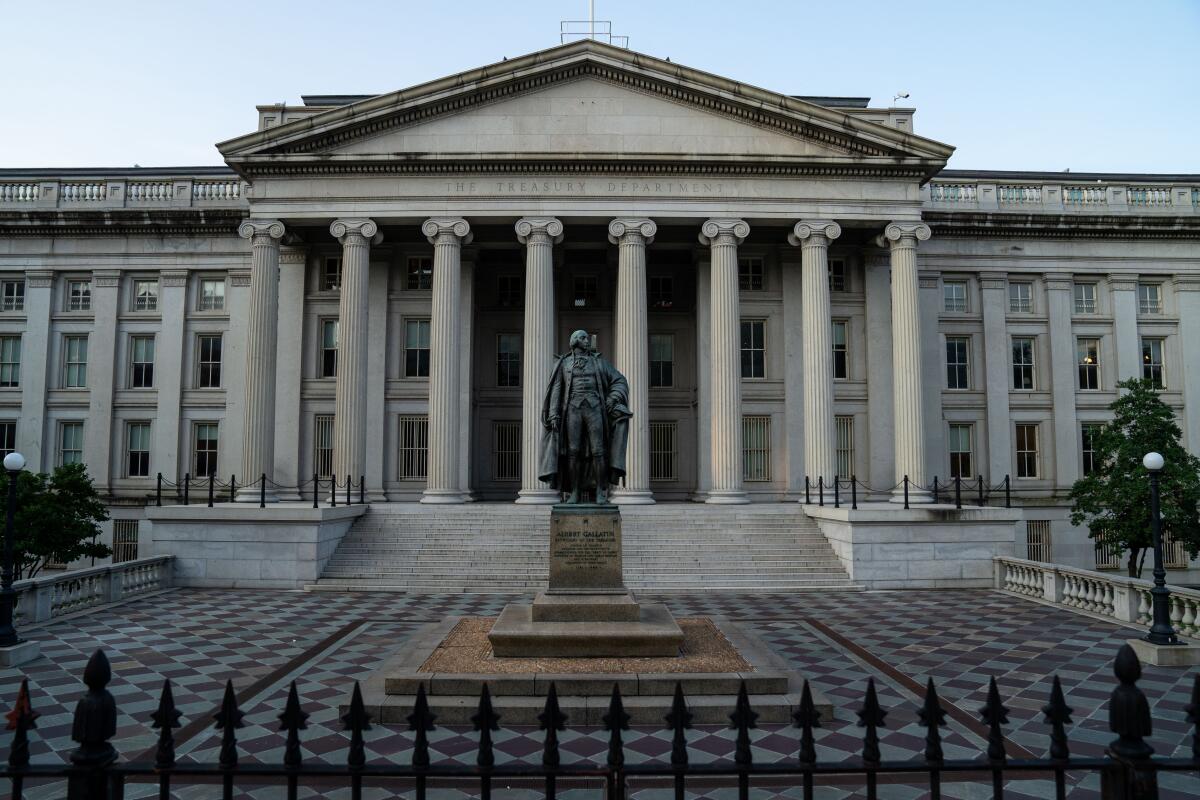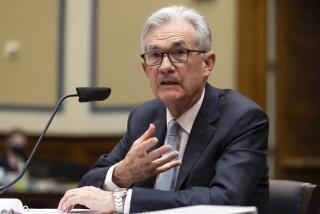Congressional Budget Office projects higher unemployment, slow exit from inflation

WASHINGTON — The Congressional Budget Office said Wednesday that it expects the U.S. economy to stagnate this year with the unemployment rate jumping to 5.1% — a bleak outlook that was paired with a 10-year projection that publicly held U.S. debt would nearly double to $46.4 trillion in 2033.
The updated 10-year Budget and Economic Outlook outlined stark expectations for the coming year as high interest rates and inflation, though easing, continue to impact U.S. households and businesses.
The latest figures seemed to affirm the worst fears of many U.S. consumers and businesses. But in a reminder that the U.S. economy has seldom behaved as anticipated through the pandemic and its aftermath, the employment forecast looks very different from the pace of hiring so far this year.
The CBO estimated that just 108,000 jobs will be added in 2023, but employers added 517,000 jobs in January alone. It also assumes that inflation will ease from 6.4% to 4.8% this year, far more pessimistic than Federal Reserve officials who in December said inflation would fall to 3.5%.
The CBO separately pointed to the risks of not increasing the government’s legal borrowing authority, noting that the Treasury Department could exhaust its current “extraordinary measures” to keep the government running while President Biden and House Speaker Kevin McCarthy (R-Bakersfield) jostle over a deal.
If tax receipts from this year’s filing season fall short of estimated amounts, the U.S. could hit its statutory debt ceiling earlier than July, according to the nonpartisan organization, which provides independent analyses of budget and economic issues to Congress.
America’s consumers rebounded last month from a weak holiday shopping season by boosting their spending at stores and restaurants at the fastest pace in almost two years.
The outlook warns about rising yearly budget deficits. In 2033, the CBO anticipates that the yearly shortfall in tax revenues relative to spending would exceed $2.85 trillion, more than double the deficit in 2022. Publicly held debt was roughly equal to U.S. gross domestic product in 2022, but it would climb to 118% of GDP by 2033.
The office says the biggest drivers of rising debt in relation to GDP are increasing interest costs and spending for Medicare and Social Security.
“Over the long-term, our projections suggest that changes in fiscal policy must be made to address the rising costs of interest and mitigate other adverse consequences of high and rising debt,” Phillip Swagel, the CBO’s director, said in a statement.
One reason the CBO expects a slowdown this year are the actions taken by the Fed. The U.S. central bank has been trying to reduce inflation by raising its benchmark interest rates. Earlier this month the Fed raised its key interest rate a quarter-point, its eighth hike since March of last year.
The CBO expects growth to pick up once the Fed has tamed inflation and pulls back on its benchmark rates.
More to Read
Get the L.A. Times Politics newsletter
Deeply reported insights into legislation, politics and policy from Sacramento, Washington and beyond. In your inbox three times per week.
You may occasionally receive promotional content from the Los Angeles Times.











